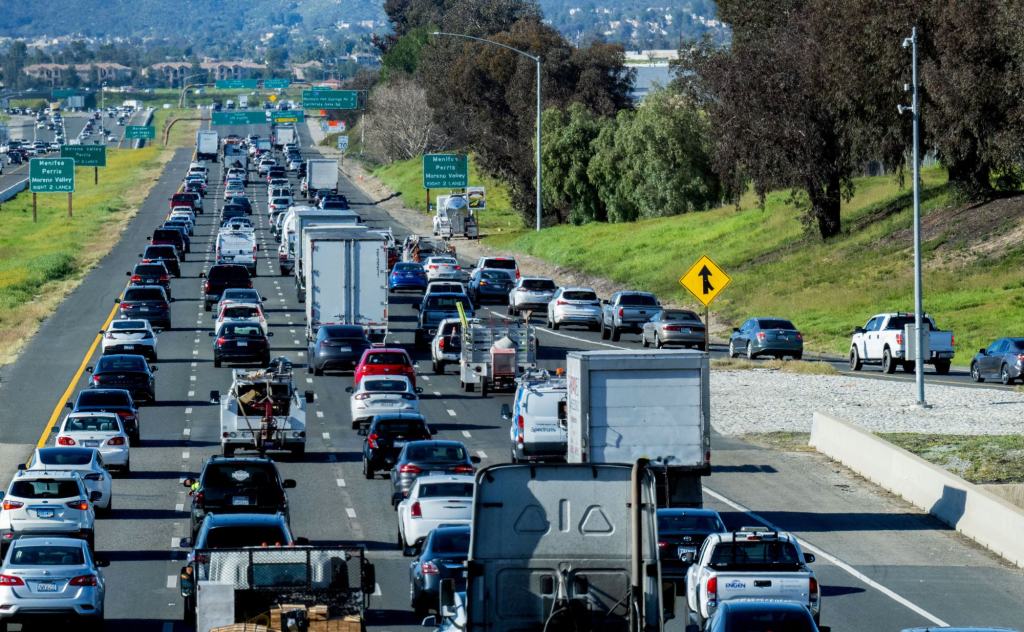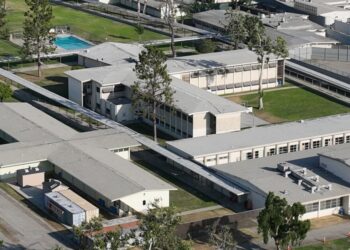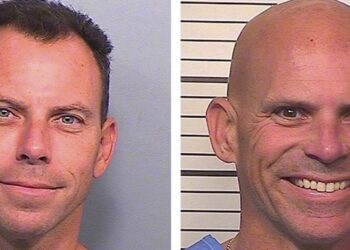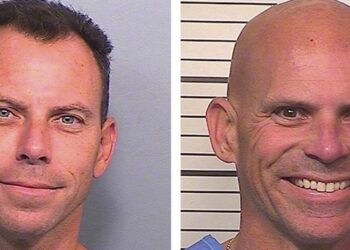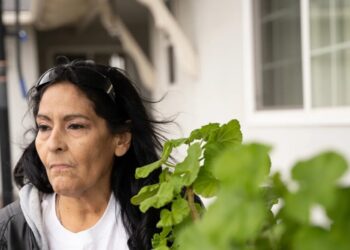Q. Hi Honk. It used to be that the left lane on a four-lane freeway was the No. 1 lane, and the right lane was the No. 4 lane. But with the dawn of the HOV lane, is that lane the No. 1 lane now?
– Mike Foy, Westminster
A. Good day, Mike – no.
Honk reached out to Mitch Smith, an officer and spokesman for the California Highway Patrol. He told Honk the CHP starts the counting, going left to right, after the HOV lane for the general lanes.
The HOV lane is simply called that.
If there are two HOV lanes, it would be HOV No. 1 and HOV No. 2.
Caltrans and other transportation agencies across the country use the same system internally, said Angela Madison, a Caltrans spokeswoman for Orange County.
“We explain it when we do use it publicly,” she said, such as also referring to the affected lanes as the left, middle or right ones.
Q. In Hawthorne, markings have been painted near the curb on some streets, between which drivers who are parking must place their vehicles. Failing to do this may result in them returning to their cars to find citations for a “Designated Stall Violation.” Of course, a lot of drivers from Hawthorne – and especially those from other cities – would not have heard about this law and would not think about looking at the ground to check for stall markings. And even if they did notice them, they would be unaware that parking between them is required. Should not practices like this be banned by state law?
– Hilel Stolzberg, Inglewood
A. Cities are given leeway to make some of their own traffic laws, and this one was passed by the City Council in 2015. When the pandemic broke out, there was a stronger push to enforce it.
“People were complaining about limited parking,” said Lt. Joel Romero, commander of the Traffic Bureau for Hawthorne P.D.
Some motorists were parking curbside inefficiently, taking up too much room so another car couldn’t fit in. The law, which focuses on residential areas, in part is meant to reduce the number…
Read the full article here

